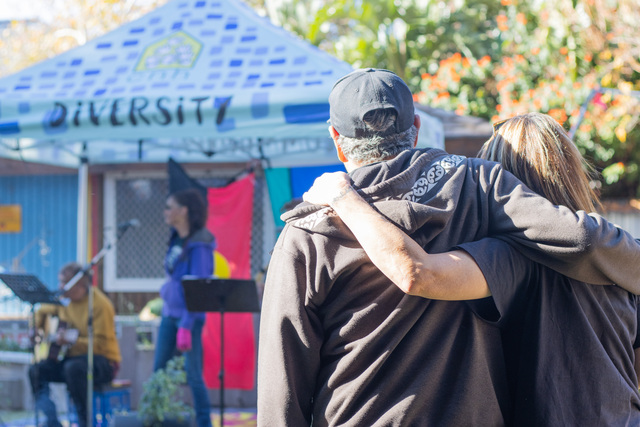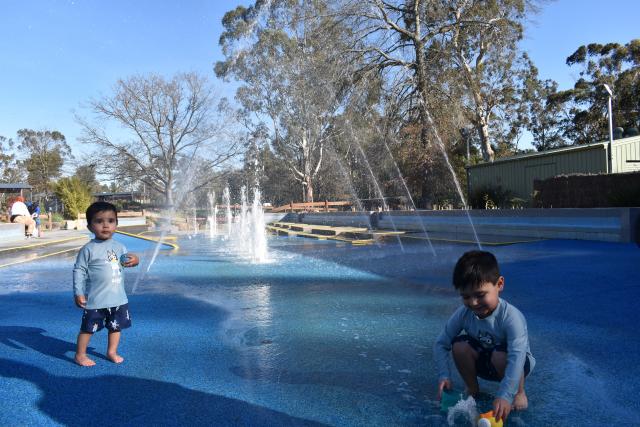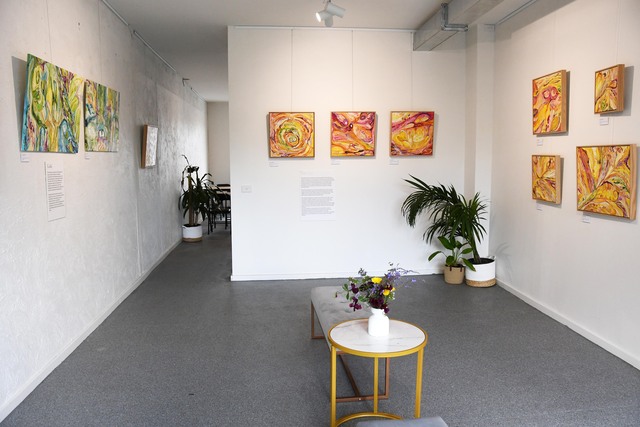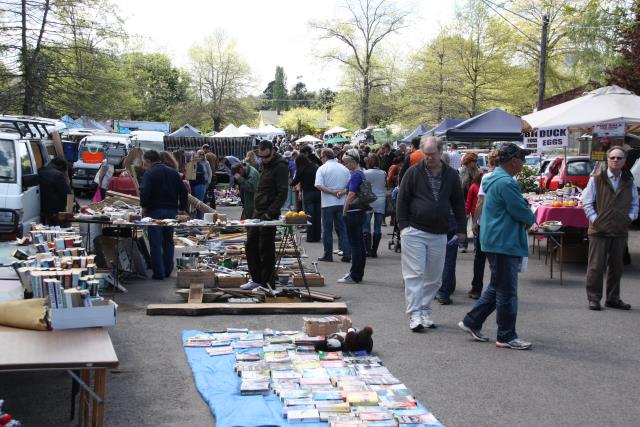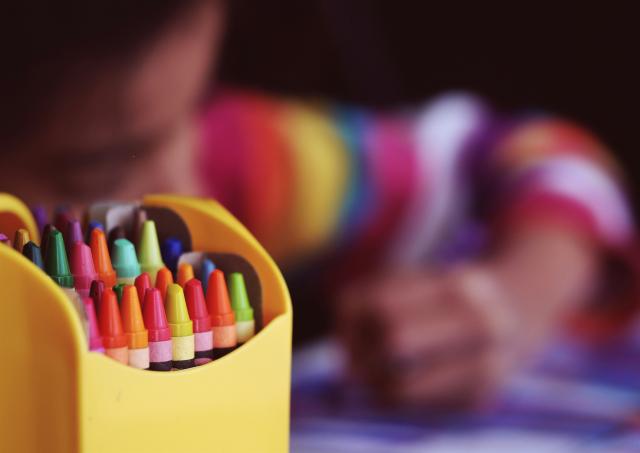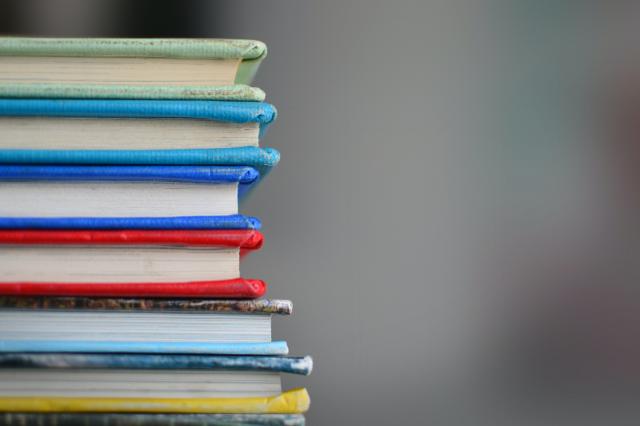NAIDOC Week (7 – 12 July) is an annual event dedicated to celebrating and recognizing the history, culture, and achievements of Aboriginal and Torres Strait Islander peoples.
This year’s theme chosen by the National NAIDOC Committee, is Keep the Fire Burning!
Blak, Loud and Proud.
The theme honours the enduring strength and vitality of First Nations culture – with fire a symbol of connection to Country, to each other, and to the rich tapestry of traditions that define Aboriginal and Torres Strait Islander peoples.
NAIDOC Week remains profoundly important, particularly in the aftermath of the failed Voice referendum.
It offers an opportunity for all Australians to reflect on the reasons for the referendum’s failure.
And also the opportunity to restart discussions on how Indigenous voices can be part of future national conversations and decision making.
It is also a chance for all of us to delve into history and to recognize and celebrate the achievements and contributions of Aboriginal and Torres Strait Islander individuals and communities.
To this end, NAIDOC Week highlights the rich cultural heritage and traditions of Aboriginal and Torres Strait Islander peoples and plays a vital role in promoting reconciliation and fostering a deeper understanding between Indigenous and non-Indigenous Australians.
The roots of NAIDOC go back to 1938 when led by activist William Cowper A Day of Mourning was announced to counterbalance the proposed celebration of 150 years of the landing of the First Fleet and to highlight the systemic discrimination, dispossession and injustices experienced by Indigenous Australians.
A landmark event and a pivotal moment in the fight for civil rights, better living conditions and respect for Indigenous people.
For those wishing to further explore Indigenous experience Australian cinema has produced some notable films.
These films not only offer engaging but sometimes confronting stories but also provide insight into the culture, history and the complexities and nuances of Aboriginal and Torres Strait Islander people’s experiences in Australia.
Some have been directed and produced by key Indigenous filmmakers such as Warwick Thornton and Rachel Perkins.
Walkabout 1971 (SBS on Demand) though directed by non-Indigenous Nicolas Roeg explores themes of survival, culture clash, and the relationship between humans and nature.
A young girl and her young brother find themselves abandoned in the harsh outback and are saved by a chance encounter with an Indigenous boy, played by David Gulpill, who shows them how to survive, underscoring how modern lives are out of touch with nature.
Philip Noyce’s Rabbit Proof Fence (Netflix) highlights the cruel practice of removal of children from families, while Warwick Thornton’s Samson and Delilah (SBS on Demand) is an unflinching and often uncomfortable portrayal of life in a remote community but is also about human resilience and love.
Rachel Perkins’ Jasper Jones, (Netflix), Rolf de Heer’s Ten Canoes (SBS on Demand) and Charlie’s country (with a wonderful performance by David Gulpill as an elderly man living in
a remote community and struggling with cultural displacement) to The Sapphires, all address some aspect of the Indigenous experience and all are worth watching for a deeper understanding.
Indigenous actors have made significant contributions to Australian television, bringing important stories and perspectives to the screen.
Aaron Pederson’s compelling screen presence in Mystery Road, Deborah Mailman in Total Control and Leah Purcell in Redfern and Wentworth are just a few examples.
Indigenous Australians have also made enduring contributions to dance and music, both traditional and contemporary.
Bangarra Dance Theatre, which has gained international acclaim is one of Australia’s most respected performing arts companies, blending traditional Aboriginal and Torres Strait Islander dance with contemporary dance styles.
Who can ever forget the pride of a nation when Cathy Freeman and her 400 metres race to gold victory at the 2000 Olympics, preceded by Nova Peris’s gold in Atlanta in 1996 or the tennis prowess of Evonne Goolagong in winning seven tennis grand slams?
And Adam Goode’s legendary on field prowess.
Indigenous writers, intellectuals and poets have made outstanding contributions in various fields.
People such Stan Grant, Marcia Langton, Noel Pearson, Patrick Dodson and many more.
And today’s Indigenous poets and writers are challenging the many tropes developed in the literature of colonial society and looking beyond the surface to ‘a deeper time and bigger issues of unfinished business.’
With the new wave of Indigenous poets, we are relearning this place through poetry.
In 2022, Evelyn Araluen won the $60,000 Stella Prize for Dropbear, her satirical, often playful but nevertheless uncompromisingly searing collection of poetry and prose which challenged the dominant narrative as she delved into areas of Australiana kitch, identity, colonialism and cultural heritage.
The title refers to an Australian piece of folklore where the Dropbear is a predatory, carnivorous version of the cuddly koala that drops from trees onto unsuspecting victims, particularly tourists.
Her writing is marked by a deep connection to land and language blends lyrical beauty with incisive critique to uncover the layers of meaning and memory in Australia’s past and present.
She laments our entrapment in the literary canon of the settlers which constructed and maintained a colonial ‘mythscape’ of modern Australia.
So evident in childhood books we all know and love, but never pause to question the racism coded in them: Australian classics such as Snugglepot and Cuddlepie and Blinky Bill or in the works of poets Banjo Patterson and Henry Lawson. And even the more contemporary imaginings of Australianess in films.
As Araluen writes: But what do these myths and iconographies, of a wild untamed inland and existential threat, of lazy blacks and noble whites, tell us about the national psyche?
This book offers many insights to anyone who is prepared to be made uncomfortable and have their long held settler narratives challenged, and surely it’s timely to let go of the myths and stereotypes that still persist today.
The existential darkness at the heart of the continent has been mythologised about since Terra Australis first appeared on a European map.
Bruce Pascoe’s “Dark Emu: Black Seeds: Agriculture or Accident?” has sparked significant discussion and debate, prompting many to rethink Australian history and the contributions of its Indigenous peoples.
The book which ignited much criticism challenged common perceptions of Australian history and culture.
Pascoe argues that First Australians were not merely hunter-gatherers but practiced forms of agriculture, aquaculture and land management that had been ignored by mainstream histories.
Practices like controlled burning known as cultural burning using low intensity fires to reduce fuel loads avoided catastrophic wildfires, while traditional water systems such as rock holes, aqueducts and seasonal use of wetlands were used to sustainably manage scarce water resources.
Initiatives to educate the broader public about the benefits of Indigenous land management practices are gaining traction, promoting a deeper understanding and respect for these traditions.
These practices, honed over thousands of years, offer valuable insights into sustainable living and environmental stewardship.
In summary, NAIDOC Week remains a crucial period for cultural celebration, education, and advocacy.
It is a time to honour the contributions and resilience of Aboriginal and Torres Strait Islander peoples and to continue working towards a more inclusive and equitable Australia.
Exhibition by Jeanine Leane
NAIDOC week in the national capital –
a collection at the museum displays
the finest of Aboriginal culture to the settler nation.
Boxed, framed, encased, encapsulated artifacts,
wall to wall canvases, storyless cabinets,
soundless words captioning blank-faced photographs,
plaques written especially by historians of note
ensuring our culture is presented right –
preserved for everyone.
A smorgasbord of Aboriginal culture here –
bits and pieces taken from all around the place
labeled, cornered, polished up in chic displays
complete with commentaries from settler experts
telling our history – carving out our space.
Crowds jostle by – stare through faces, stroll
by dioramas of traditional life – mourn our passing,
quietly lament the cultural loss of us urban mobs.
Nearby a café and bar offer reprieve from the journey
through Aboriginal Australia – foot-sore travelers take
a break from cultural saturation over an almond
latte or a crisp, light white – hot chocolate for the kids.
In the gift store an eye-assaulting array – silk scarves,
desert prints, glossy books, tea towels, posters, jewelry,
tie pins, postcards – lots of dollars passed across the counter.
A tour group gathers – their guide assures them –
The finest display of Aboriginal culture in the nation!
All here under this roof – just for you!
Through a plate glass window, on the other side
of the lake, a different scene is framed.
Out on the lawns opposite Old Parliament House
red, black and yellow flags fly – tents ripple
Koori kids kick a football around – a table is
set up – barbeques sizzle – cars roll in –
families pile out. A hat passed around
for the cost of the feed jingles with loose change.
Big mob gathers – banner says: WE ARE STILL HERE!
Embassy fire glows – Elder stands to speak – We are still here!
Always was! Always will be! Still here for us! Mob cheers,
breeze picks up – willy-willy twirls laughter across the lake –
dances a whirlwind of life through the still museum.
Woorilla Poetry Prize open for submissions Visit www.woorilla.org

